Would Google help soothe your aches like a good massage? Well, not quite, but mastering SEO can relax your website’s ranking stress! As massage therapists transition into the digital realm, understanding and implementing effective SEO strategies becomes as essential as a perfect kneading technique. Staying visible to potential clients in this rapidly evolving online marketplace is crucial. That’s where this guide steps in, offering easy-to-follow SEO tips to elevate your massage therapy website in Google’s rankings. And speaking of digital expertise, let’s remember Plerdy – their analytics tools are like a deep tissue massage for your website’s performance, ensuring every click and scroll contributes to your business growth.
Understanding the Basics of SEO
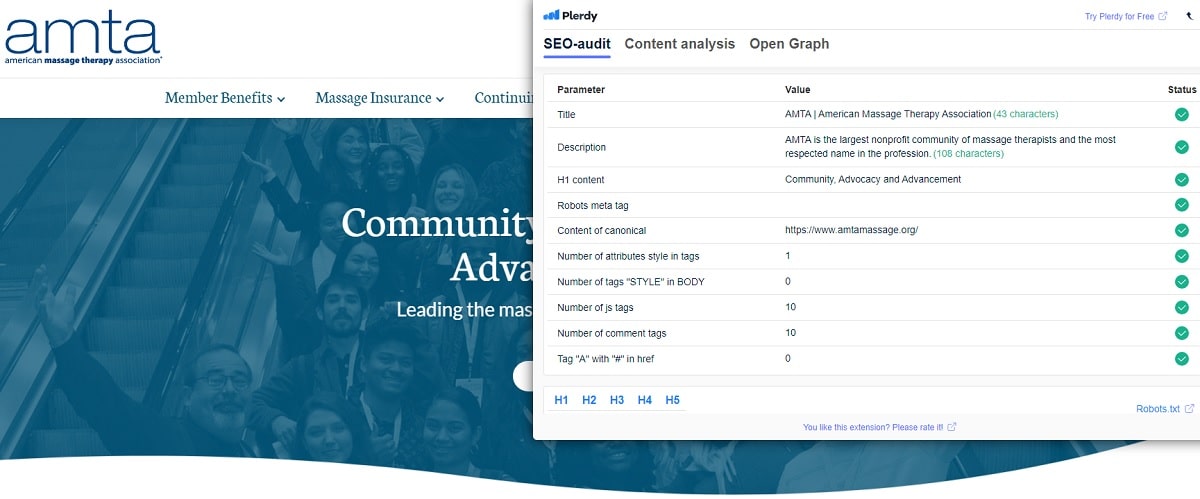
Think of SEO as a map guiding clients to your massage therapy website. It’s the art and science of making your site visible and appealing to search engines like Google. Let’s unpack the basics to boost your website’s visibility and draw more clients.
What is SEO?
Search Engine Optimization (SEO) improves search engine rankings. It’s about understanding what potential clients are searching for and tailoring your website to meet those needs. Doing so increases your site’s visibility and attracts more traffic.
Why is SEO Important for Massage Therapists?
For massage therapists, SEO is more than just a buzzword; it’s a crucial tool for attracting new clients. In today’s digital age, most people search for services online. Websites at the top of search results are likely to be visited. Effective SEO strategies help you stand out in a crowded digital marketplace, directly influencing your clinic’s visibility and client base. By targeting specific keywords related to massage therapy, such as “sports massage in [Your City]” or “therapeutic massage services,” you can reach clients actively seeking your services. Additionally, a well-optimized website enhances user experience, ensuring potential clients find the information they need quickly and efficiently. For more insights on the importance of SEO, check out Moz’s Beginner’s Guide to SEO.
Keyword Research and Optimization
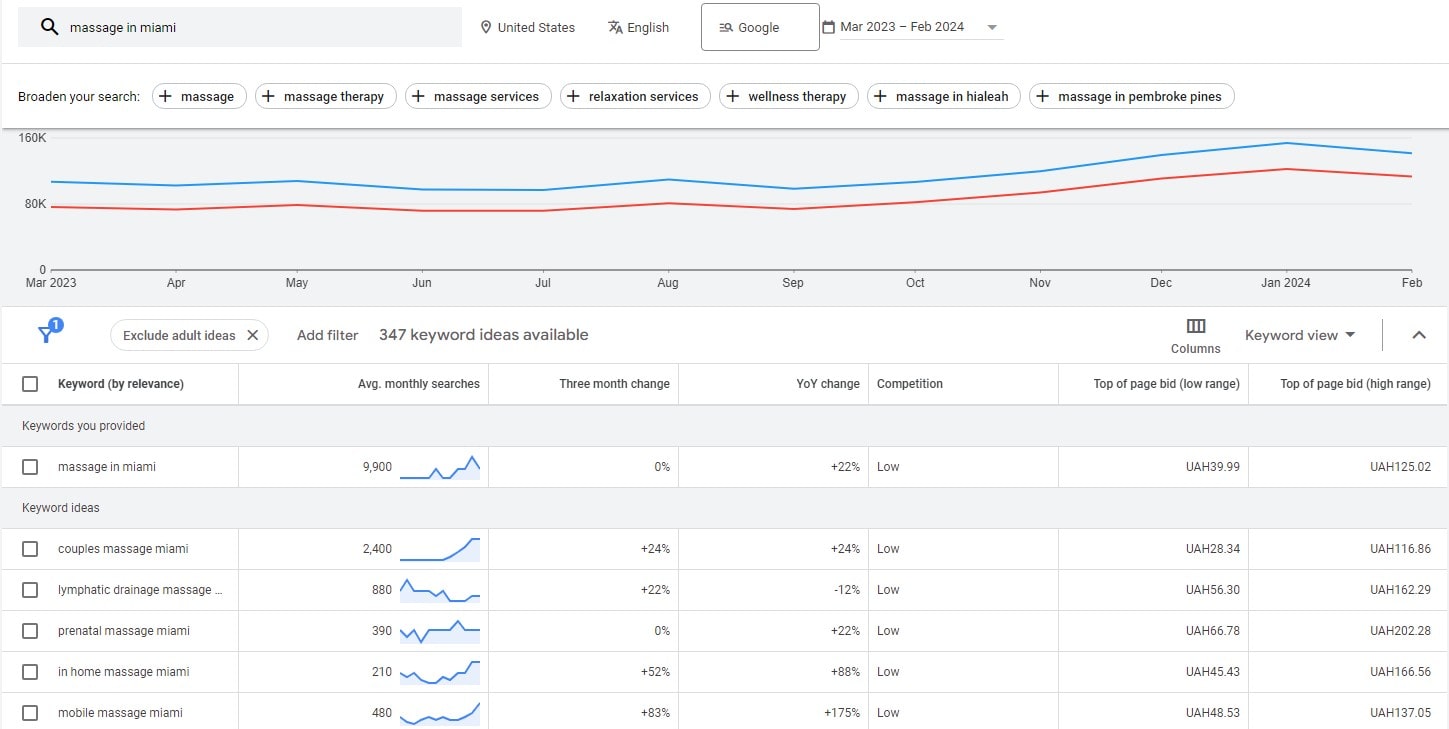
Imagine your website as a beacon, with keywords as the light guiding clients to you. Keyword research and optimization are the heartbeats of effective SEO, essential for any massage therapist looking to boost their online presence.
Identifying Relevant Keywords
Start by brainstorming terms your potential clients might use to find your services. Use Google Keyword Planner or SEMrush for research. For a massage therapist, relevant keywords could range from ‘relaxing massage in [Your City]’ to ‘therapeutic back massage’. Choosing keywords specific to your services and location is important, as this enhances the chances of attracting local clients seeking your expertise. Long-tail keywords should be considered, which are longer and more specific phrases. They may have lower search volumes but must be more competitive and targeted.
Integrating Keywords on Your Website
Once you have your list of keywords, it’s time to weave them into your website. This includes your homepage, service pages, blog posts, and your website’s meta tags and descriptions. However, it’s crucial to use them naturally. Your writing should inform and engage your readers, not only rank higher. Too many keywords can sound spammy. For instance, if one of your keywords is ‘deep tissue massage in [Your City]’, you might write a blog post about the benefits of deep tissue massage and mention how clients in your city can access these services at your clinic. For more guidelines on keyword integration, HubSpot offers valuable tips.
Optimizing Massage Website Structure and SEO
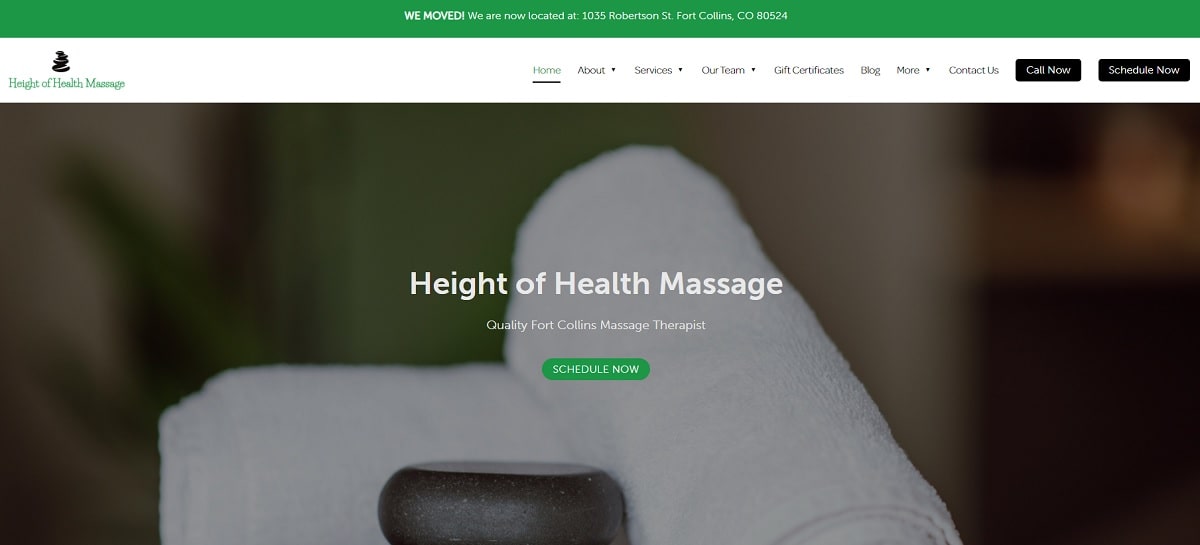
Ensuring your massage therapy website is welcoming and easy to navigate is as crucial as the ambiance of your massage clinic. Optimizing your site’s structure with massage SEO strategies is key to engaging potential clients and nudging them toward booking a massage session.
Massage Website Design and SEO Navigation
A website optimized for massage SEO should have a well-organized structure and intuitive navigation. Your menu must be clear, showcasing your massage services accessibly. Include a detailed ‘About Us’ section and a simple way for clients to contact you or book massage appointments. Utilize clear, approachable language and make sure the design mirrors the tranquil essence of your massage services. Avoid a cluttered or perplexing layout, as it can repel potential clients. Refer to Nielsen Norman Group’s guidelines for insights on incorporating massage SEO in website design.
Mobile Optimization for Massage SEO
With most searches now performed on mobile devices, your massage website must be optimized for mobile. This includes quick loading times, legible text, and easy-to-click links, all contributing to effective massage SEO. Regularly test your website on different devices to ensure responsiveness and smoothness. Use Google’s Mobile-Friendly Test tool to evaluate your massage website’s mobile responsiveness and SEO effectiveness.
Content Creation and Blogging
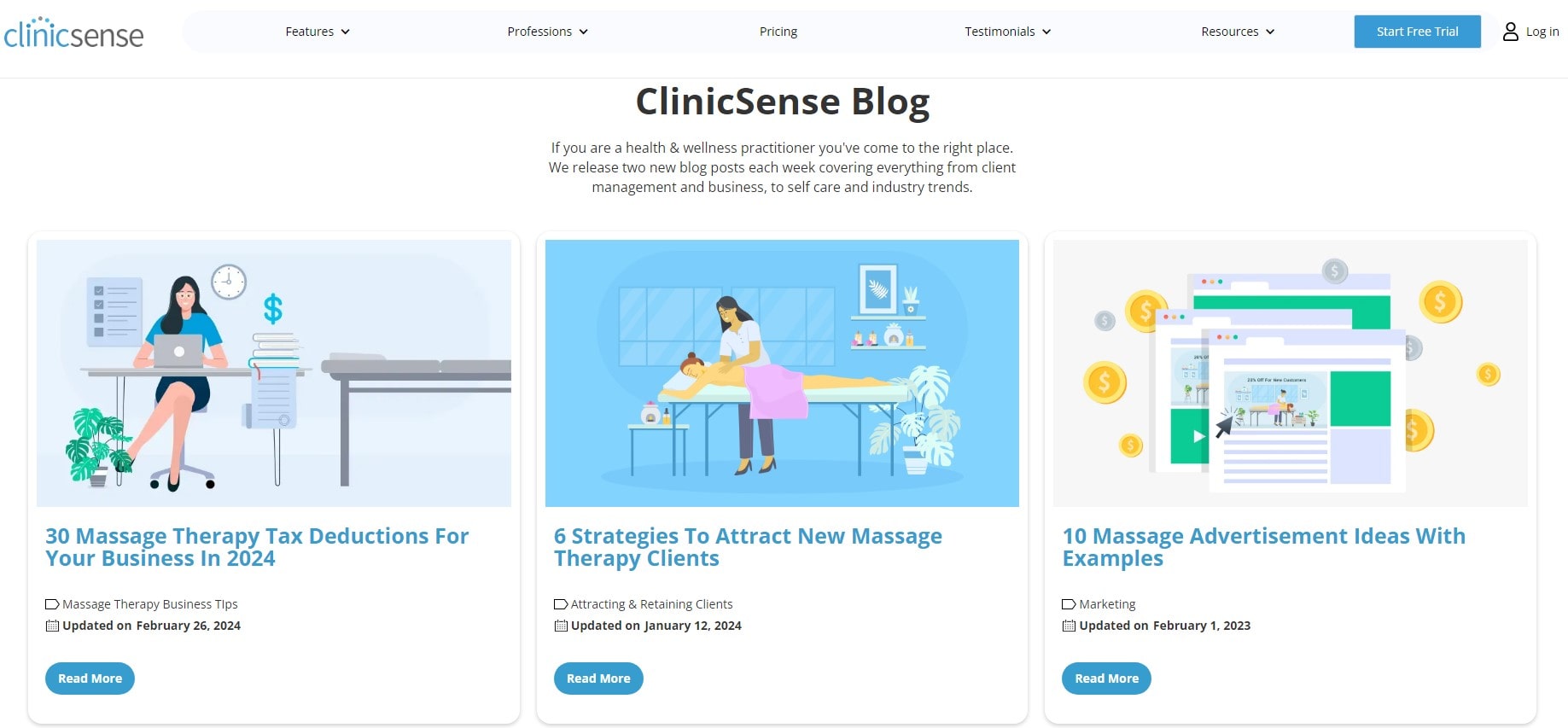
Content is like the essential oils of your website; it soothes the reader’s queries and attracts them to your services. Engaging in content creation and blogging is not just about filling your website with words; it’s about providing value that resonates with your audience.
Creating Engaging Content
Your content should answer the questions potential clients might have about massage therapy. Share insights on different massage techniques, the benefits of regular sessions, and aftercare tips. Ensure your content is informative, easy to read, and relevant to your audience’s needs. Use high-quality images and videos to make your content more appealing. For guidance on creating engaging content, HubSpot’s blog on content marketing is a great resource.
Blogging for SEO
Blogging can significantly boost your SEO. Regularly updated blogs with relevant keywords help your website rank higher in search results. Topics range from ‘The Benefits of Deep Tissue Massage’ to ‘How to Choose the Right Massage Therapist’. This not only showcases your expertise but also helps in targeting various keywords. For ideas and blogging tips, explore Copyblogger’s strategies on blog content.
Leveraging Local SEO
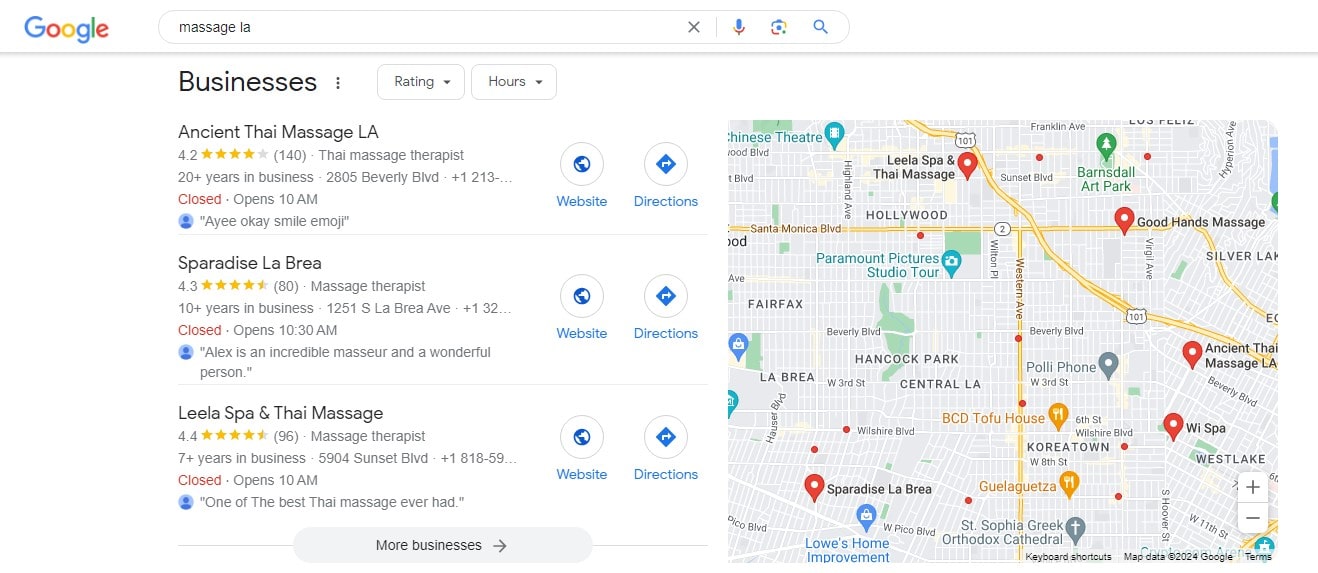
Local SEO is your digital storefront; it’s how nearby clients find you in the vast online neighborhood. Using local SEO, your massage therapy website can become a local hotspot for people searching for what you offer locally.
Google My Business Optimization
Your first step is to claim and optimize your Google My Business listing. This free listing increases your visibility in local searches and Google Maps. Ensure your profile has accurate business information, operating hours, and photos of your establishment. Positive reviews increase your profile, so ask delighted customers for them. For a detailed guide on optimizing your Google My Business, visit Moz’s Local SEO guide.
Local Keywords and Listings
Add local keywords like ‘massage therapist in [Your City]’ to your website content. This targets clients searching in your area. Also, get listed in local business directories and relevant online platforms. Local SEO success requires business name, location, and phone number consistency across platforms. For more on local keyword optimization, check out Search Engine Journal’s tips on local SEO.
Building Backlinks and Online Presence
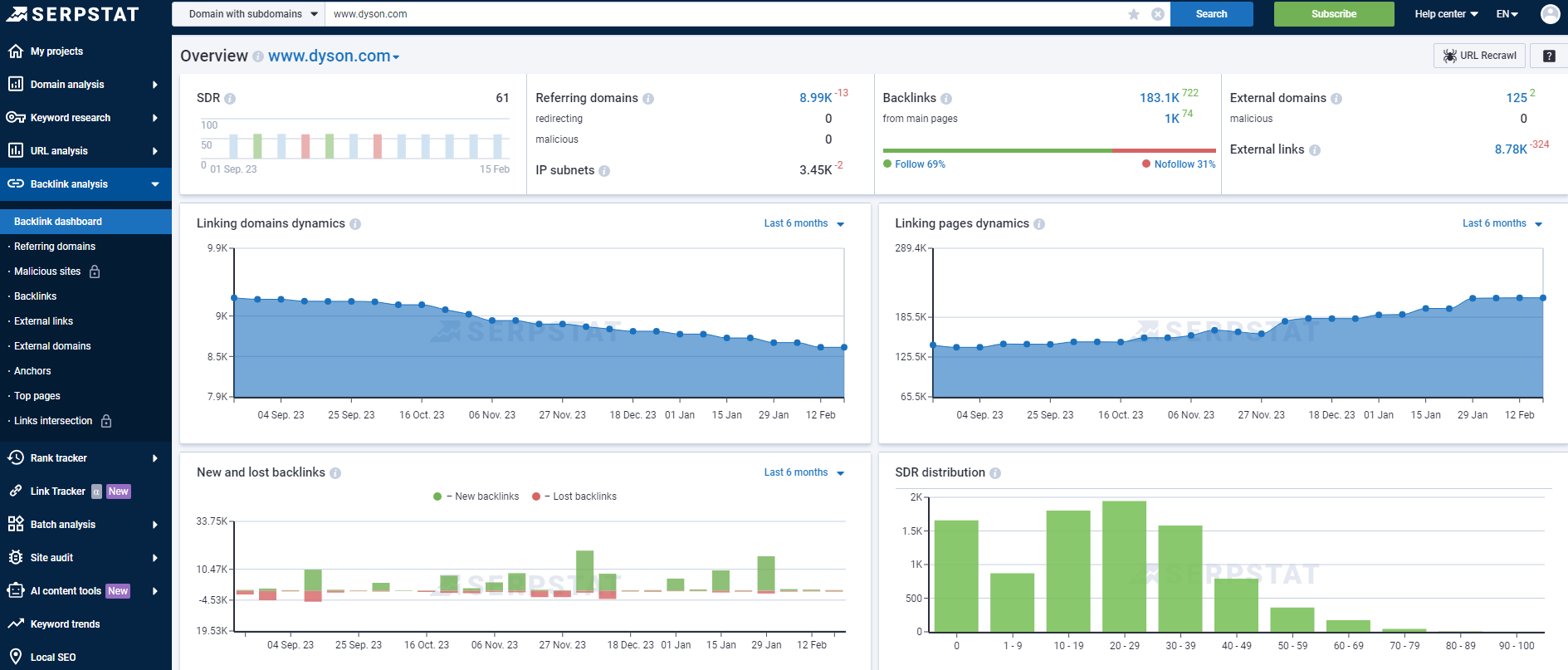
Rebuilding your online presence and backlinks is like creating a network of roads to your massage therapy website. It’s about creating connections and establishing credibility in the digital world.
Importance of Backlinks
Backlinks from other websites to yours are vital for SEO because they signal to search engines that your material is useful and trustworthy. The higher-quality the linking website, the better the backlink. Focus on acquiring backlinks from reputable sources related to health, wellness, or local businesses. For a deeper understanding of the importance of backlinks, explore Backlinko’s comprehensive guide.
Strategies for Building Backlinks
Start by creating shareable, high-quality content that others want to link to. Engage with local community events and wellness blogs, offering to write guest posts or expert opinions. Collaborate with health and wellness influencers or local businesses for mutual promotions. Always ensure these collaborations are relevant and beneficial to both parties. Check out Neil Patel’s guide on effective backlink building for more strategies.
Adjusting and Refining Massage SEO Strategies
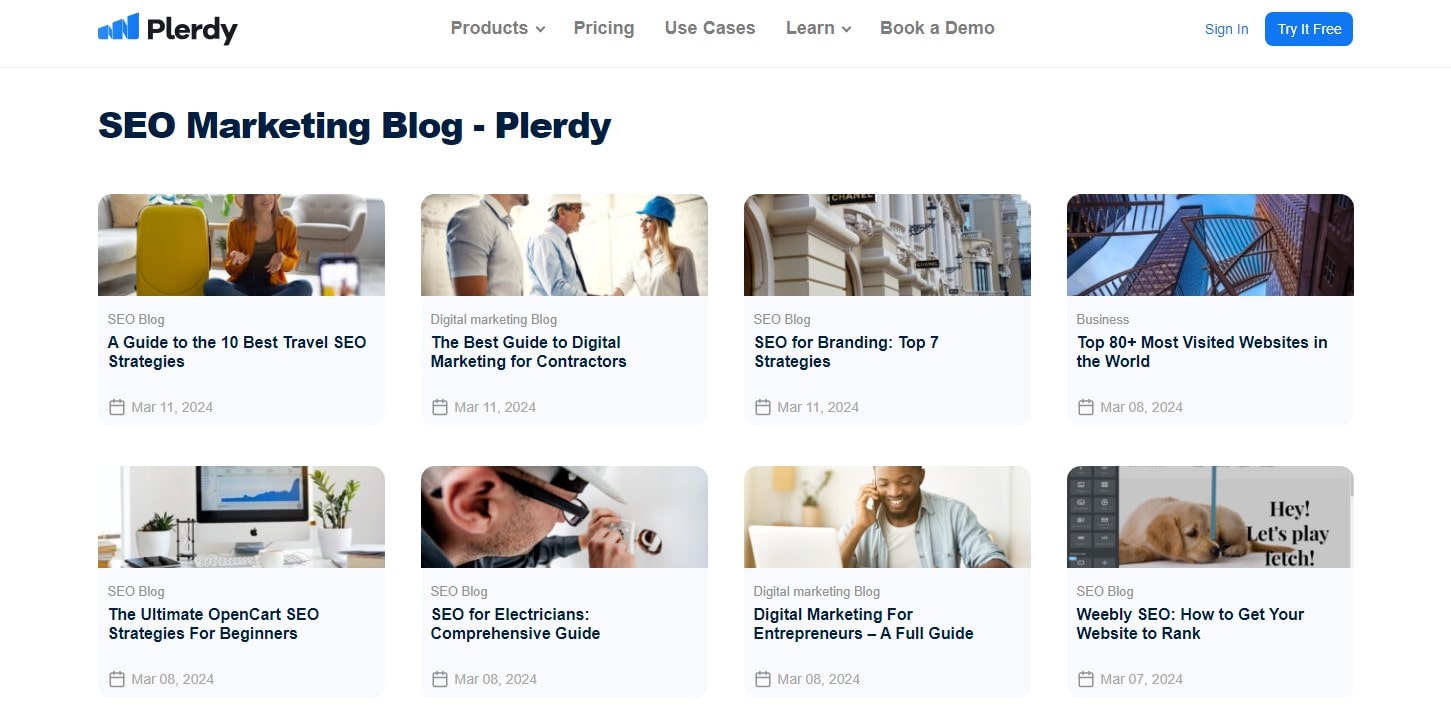
SEO for massage therapy is not a one-time setup; it’s a continuous process requiring ongoing adjustment and refinement. Active engagement in your massage SEO efforts ensures your website maintains high rankings and attracts clients.
Tracking Massage SEO Performance
It’s vital to monitor the SEO performance of your massage website consistently. Utilize tools like Google Analytics to observe traffic sources, user behavior, and the effectiveness of specific keywords. This information is invaluable for identifying successful strategies and areas needing improvement. For instance, if certain massage-related keywords draw more traffic, consider creating more content around them. Stay aware of Google’s algorithm updates, as they can significantly impact your rankings. Resources like Moz’s blog are excellent for staying updated on SEO trends and algorithm changes.
Responding to SEO Shifts in Massage Therapy
The realm of SEO, particularly in massage therapy, is always evolving. Keep yourself updated with the latest trends and algorithm modifications. Continuously refresh and update your content to remain relevant and engaging. Observe new competitors in the massage industry, learning from their successful SEO tactics. Experiment with new keywords or content types related to massage therapy. The ever-changing SEO landscape requires flexibility and agility. For additional insights on responding to SEO changes, refer to the guidance and tips provided by Search Engine Land.
Conclusion
In the world of massage therapy, just as the right touch can ease a client’s stress, the right SEO strategies can elevate your website’s presence. Remember, SEO is a journey, not a destination. Continuously adapting and refining your tactics is key to staying visible and relevant in the ever-changing digital landscape. Curious about more ways to enhance your online presence? Dive into Plerdy’s blog for a treasure trove of insights and strategies. Plerdy’s tools help streamline your digital marketing efforts, making tracking, analyzing, and improving your website’s performance easier. Embrace these SEO tips, and watch your website thrive like your client’s post-massage.
